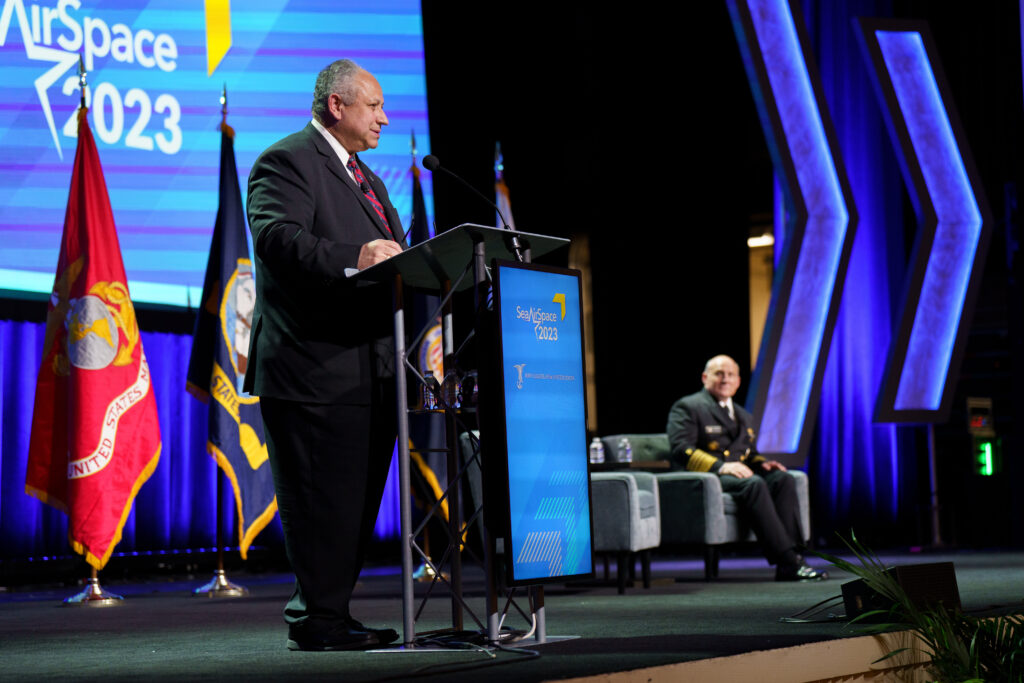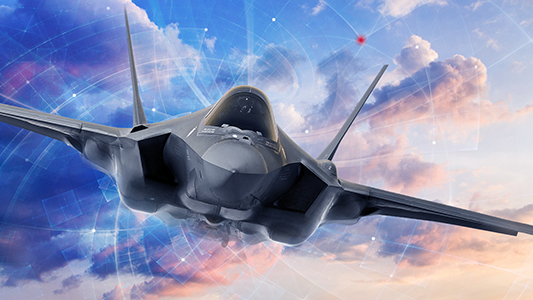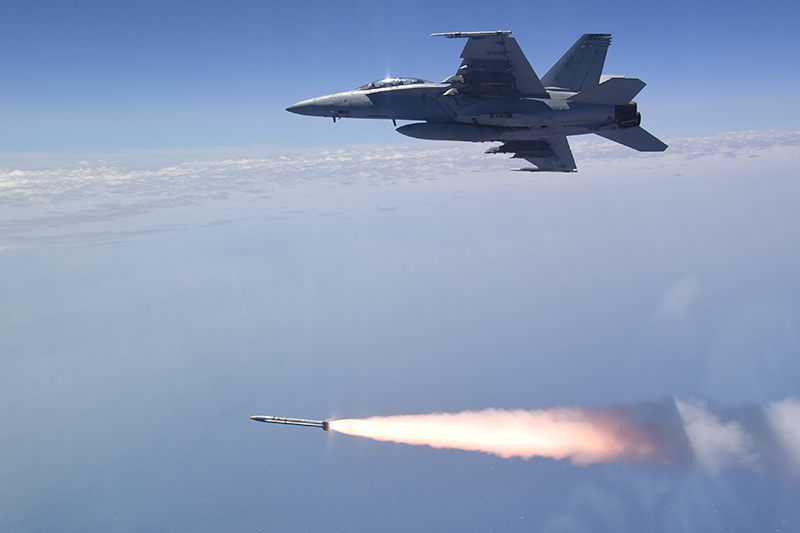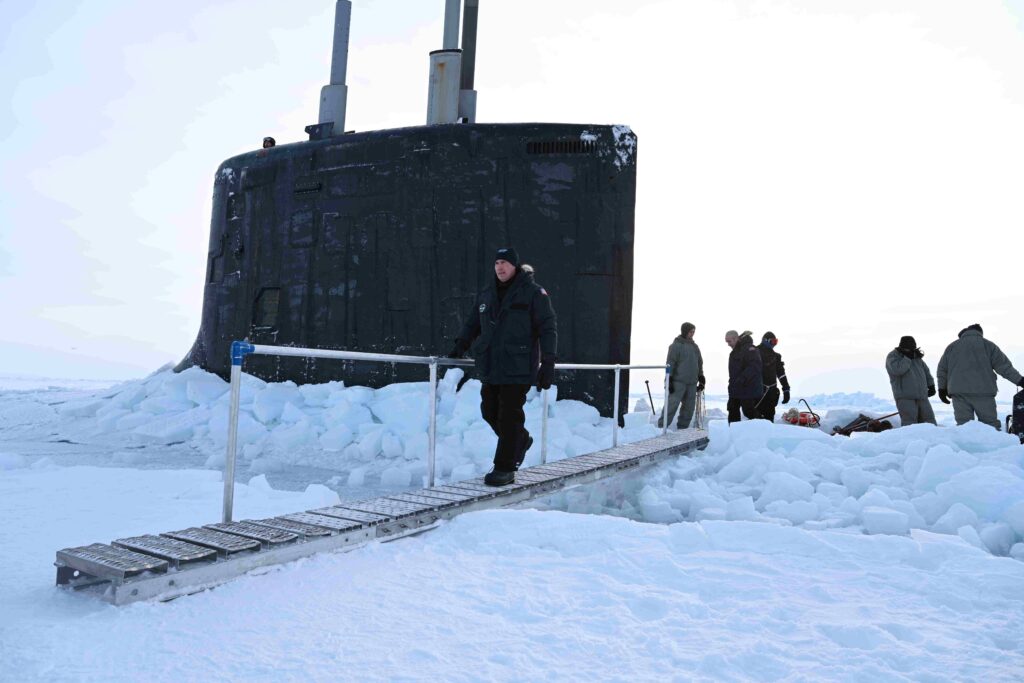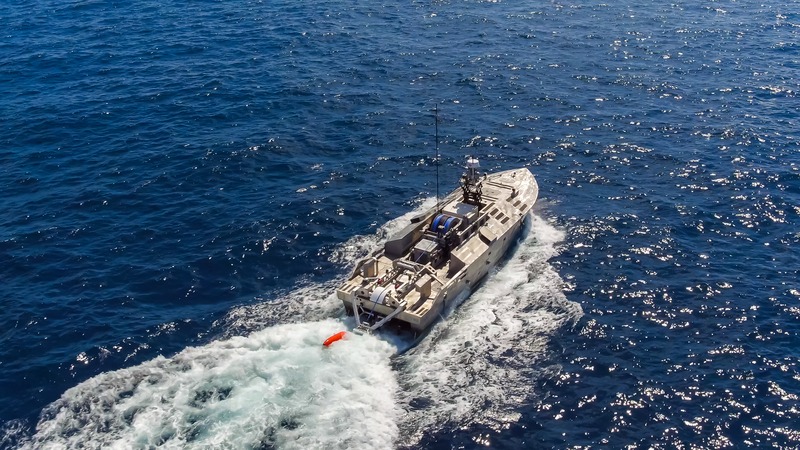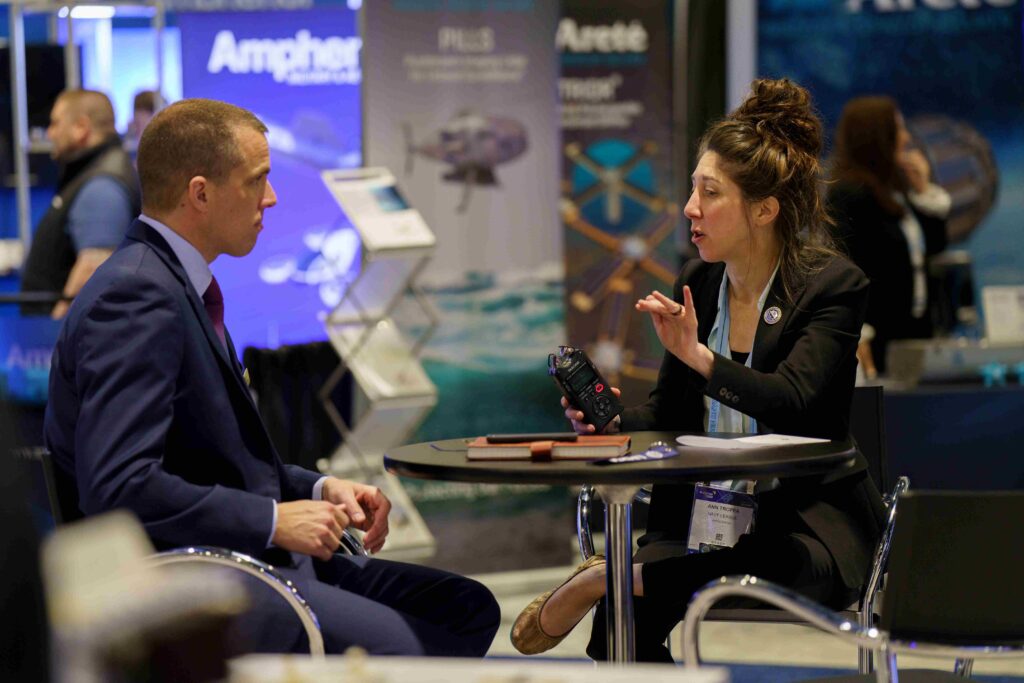CMS Panelists Envision Future American Sea Power
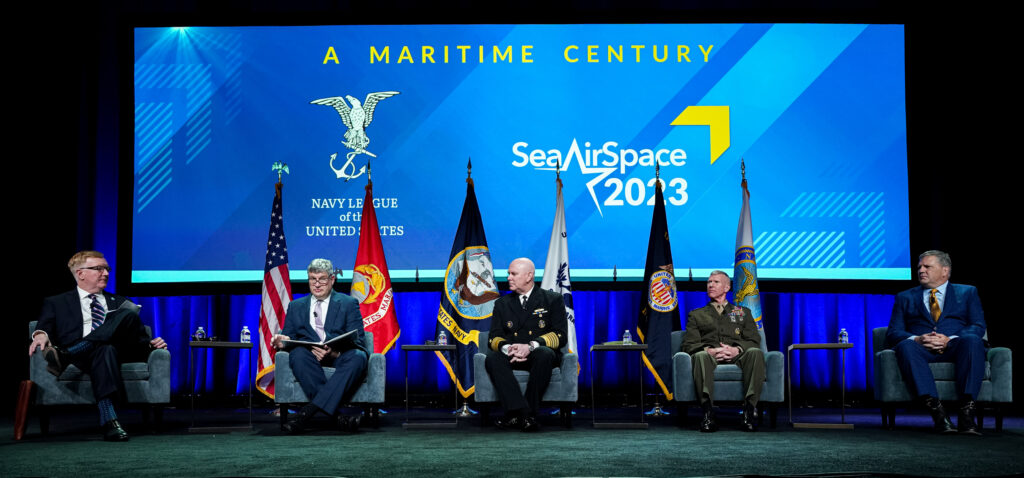
During the Center for Maritime Strategy (CMS) Breakfast on Tuesday morning, eggs and pastries provided food for the body, while four leaders from the maritime security community provided food for thought.
The breakfast panel, “Reestablishing American Seapower,” offered a front-row view of how the U.S. military is addressing new threats from adversaries and foreign regimes.
“We face far more challenges today than I have ever seen in my 40 of years of active service,” said moderator Admiral James Foggo, USN (Ret.), dean, Center for Maritime Strategy, Navy League of the United States. He asked each panelist to explain how their teams are addressing those challenges.
William LaPlante, PhD, under secretary of defense for acquisition and sustainment, said what really matters is, “production, production, production. Everything depends on it.”
LaPlante said Navy production is defined as ship construction and other weapons development. He said since the start of fiscal year 2022, the Navy has delivered 14 battle ships, and there are plans to build seven more ships this year and as many as 17 in the following 12 months.
“But we have to do more procurement, more production, and the Navy is going to lead the way,” he said.
Capital Acquisition is Key
The magic bullet is figuring out how to acquire capital, and LaPlante said the Office of Strategic Capital (OSC) is instrumental in that. “But if we’re trying to attract capital, investors want to see a return on investment,” he said. “We need to do a better job explaining that there are production and sustainability possibilities, not just prototypes.”
Admiral Christopher Grady, USN, vice chairman, Joint Chiefs of Staff, discussed his role as head of the Joint Requirements Oversight Council (JROC). He said four transformations are taking place in the JROC:
- Building on the work of predecessors who established more of a top-down culture.
- Breaking out of system-oriented stovepipes and getting into consolidation management.
- Transitioning to Intelligence Advanced Research Projects Activity (IARPA) process acquisition review. “It helps us go faster,” Grady said.
- Keeping a scorecard for what the JROC does.
General Eric Smith, assistant commandant of the U.S. Marine Corps, detailed how the force is pivoting from several decades of land fighting in the Middle East and transforming for the future of combat.
Training and Retaining the Force
“The threat is getting more assertive, more challenging,” he said. “If you want to be ready for the next fight and not the last fight, you have to move.”
Smith said when people talk about force design, they focus on how it affects quantifiable things. “But there’s more than that. It’s about a force that’s mature, experienced and that you can retain,” he said.
“We’re doing better at training,” Smith said, noting that basic infantry training has gone from eight weeks to 14 weeks, with more of an emphasis on teams rather than individuals. In terms of retention, “we hit our recruiting numbers last year and will hit them this year,” he said.
Currently, the Marine Corps is working on organic mobility, which Smith said “provides opportunity to get where you need to go and cuts down on risk.”
Industry Partnerships
James Geurts, former assistant secretary of the Navy for research, development and acquisition; distinguished fellow for Business Executives for National Security, closed the panel session with a discussion of how the Navy is working with private industry.
The key is to transition to network thinking on the industrial base — “what I call the future industrial network,” he said. “The industrial base is not going to carry us for the next 30, 40 years.” The future industrial network is more dynamic and diverse, including international partners, venture-backed startups, traditional contractors and the tech base, he said.
Geurts also touched on capability, which he defined as a combination of equipment and training tactics supported by logistics. “Too much in the industrial base focuses only on equipment,” he said. On the industry side, Geurts said it’s key to think about networking, to reverse the urge to vertically integrate everything, and to concentrate on how to apply new technologies and innovation to more than just equipment.
